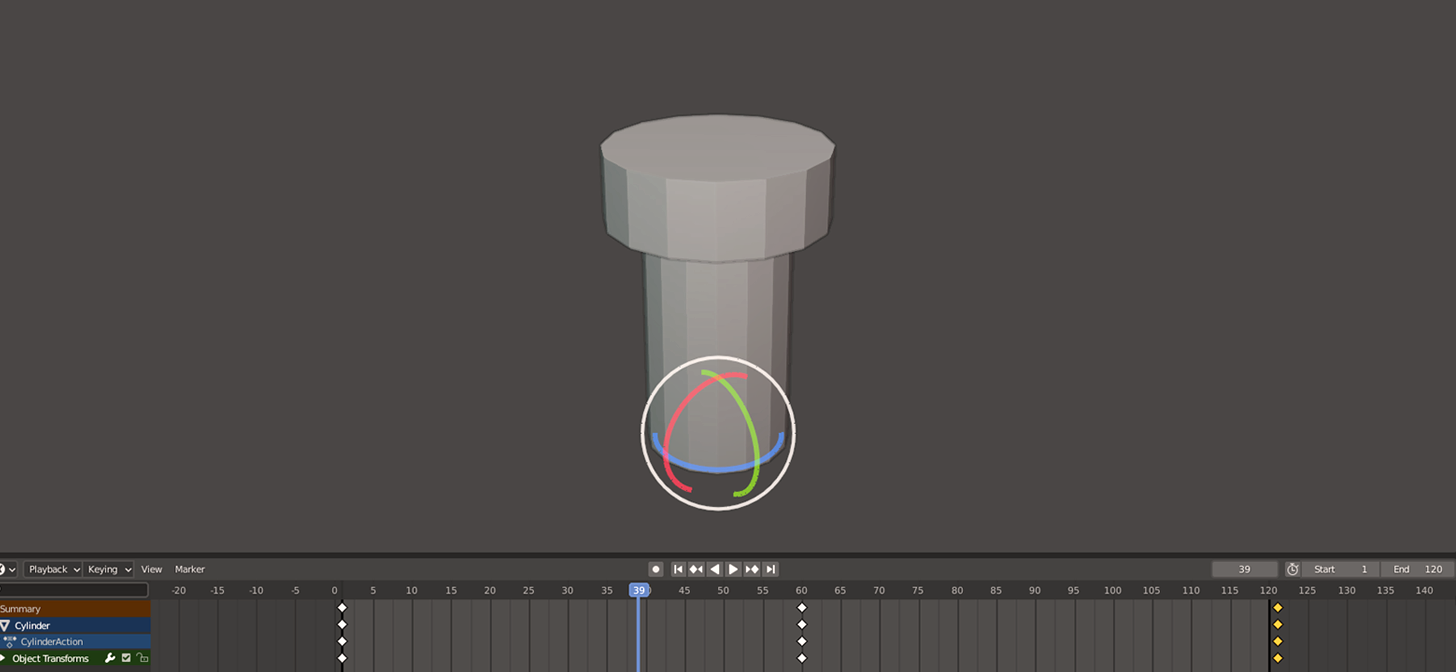

#Blender animation sequence how to
Bring those files in resolve and integrate them into your project.In this tutorial for Blender we will show you how to convert a sequence of images into an mp4 video for Youtube using the Video Sequence Editor ( VSE).

Work then your amazing magic in blender and re-encode as V-log and save as Tiff files. then composite in fusion (read the suggested link).Įlse you need to go a more complicated route, which is to create a definition of V-log in the Ocio config, supply the correct LUT and color matrix, so that the footage ingested is linearized correctly and with the correct 709 gamut in blender. Work your magic in blender, export the elements to be combined back to resolve as linear-scene referred EXRs. Export then as EXRs to be used in Blender. Then export the plates as linear scene referred values (de-Log it), convert it then to the correct color space you are going to be working on (most likely 709): set the project to be Color Managed and use 709 scene as output color spaces. Ingest your footage in resolve, set the correct input transforms, color space and gamut (Vlog to 709). The ideal scenario would involve controlling all of the variables. Long story short: you can't mix apples and oranges.Īll compositing should be made using linear values in a common color space. If one source is encoded using a different gamut than the other they never going mix nicely and any transformation will further distort the color on one or the other. When doing visual effects you need to plan how to have all of your material be in the same color space.

If the original source is in a different color space blender has no way to guess what that might be.Īny image displayed in the wrong color space will always look wrong. If the setting are to output on a certain color space, then that is the color space it will use. You should forget it even exists.īlender does only what the operator instructs it to do. Again, all Blender's settings are at their default. I am working with 8-bit V-log H.264 footage from a Gh5s (color space sRGB). What is going on here, and how do I get Blender to not modify the image's colors when rendering?

It would be much easier if Blender's output didn't dork with the colors to begin with. I might be able to color correct it to match, but so far that's not been straightforward. If you look at the waveforms, you can see in the Blender output on the right, some of the sections are slightly brighter (for example, the circled blue section): It's hard to see in these pictures, but the color is slightly darker and modified in the Blender output. Here's a frame from the source (no color grade):Īnd here's that same frame after being rendered out in Blender and saved as a PNG (started with the default Blender file, added the clip to the sequencer, and rendered): However, when I render out a shot from Blender, I find that the color of the image is slightly different from the source video. I'm working on a project where I'm editing in Davinci Resolve, but doing a number of effects in Blender.


 0 kommentar(er)
0 kommentar(er)
